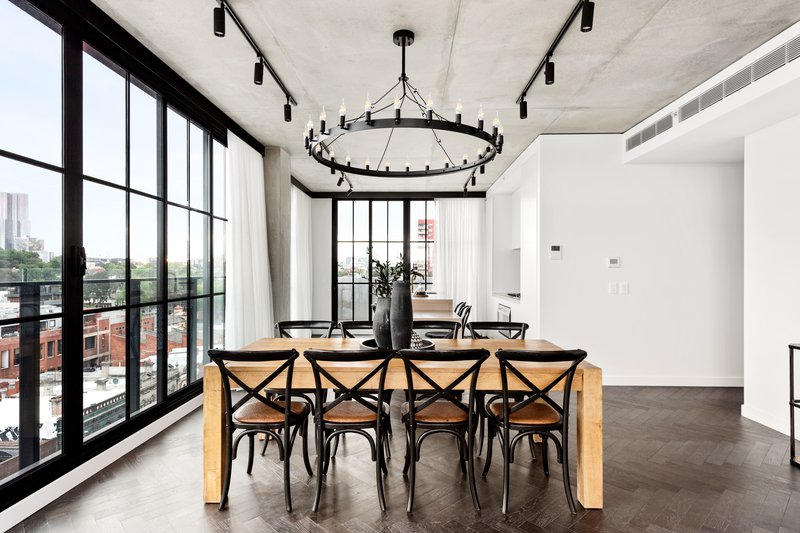Lighting is one of those aspects of interior design that shouldn't be all that noticeable when it's done well. It should simply make the space you're in look and feel just right. Unfortunately, when lighting design is done poorly, or it's added as an afterthought, it can make otherwise cosy rooms feel cold and unwelcoming.
To avoid falling into this trap, here are several ways to rethink your relationship with lighting design at home.
1. Get to know the three types of lighting in your home
Just as different types of chairs serve different functions (e.g., comfy armchairs for lounging, ergonomic desk chairs for working), lighting can also be categorised according to its purpose. There are three basic types of lighting:
Task lighting
As the name suggests, task lighting helps illuminate a small space so you can complete a task. A reading lamp or desk lamp are perfect examples of task lighting. Another is under-cabinet lighting, which brightens up these corners of the kitchen when you're chopping veggies and washing up. Task lighting should be small and localised to a particular workspace. Fixtures often are adjustable and angled downward to provide light for the activity without shining in your eyes.
Ambient lighting
Also known as general lighting, ambient lighting is what brightens up a whole room and creates a sense of atmosphere. Often, this will be accomplished using several different light sources, such as floor lamps, chandeliers, ceiling lights and more. Ambient lighting should cast a relatively even glow across the space, making it easy to see everything and move about without finding yourself in a dark shadowy corner.
Accent lighting
Lastly, accent lighting is intended to highlight certain features of the space. Like task lighting, it should be localised and focused on a particular spot. The difference is that it will be purely decorative, rather than functional. Types of accent lighting fixtures such as wall sconces and picture lights can illuminate an architectural design feature or showcase a piece of artwork. Or a sculptural accent light placed in the right spot can act as the focal points itself.
The three basic types of lighting are task lighting, ambient lighting and accent lighting.
2. Add depth and dimension with layers of light
Only relying on harsh overhead lighting can result in heavy shadows, which isn't always flattering or functional. Instead, think of painting the room with several layers of light. Your familiarity with the three types of lighting will be advantageous here!
For instance, you might start with ambient lighting. Two large floor lamps and a pendant light suspended from the ceiling are each brushstroke, adding their own layers of light. If these illuminate most of the room, you can move on to task light. With a desk lamp here and a table lamp there, you're starting to add depth to your interior space, as well as more functionality. Finally, add the finishing touches with accent lighting. Recessed cove lighting can draw the eye up to an architectural ceiling, while a linear fixture on top of a fireplace could graze the bricks and showcase the texture.
Together, all of these layers of light will not simply illuminate your home, but they'll add visual interest, warmth and atmosphere.

3. Set the mood with the right colour temperature
Speaking of warmth, it's important to choose light bulbs in the right colour temperature, which is measured on the Kelvin (K) scale. If the colour temperature you choose is too cold, this can create a sterile, hospital-like environment.
Consider what you're doing in each room and what time of day you're there most often to help you determine the appropriate colour temperature to use. Houzz recommends 5,000 Kelvin to replicate daylight for a home office, but 2,700K to cast a warm white glow around a room you enjoy in the evening. The right choice will add that final touch of detail and functionality to your lighting design at home.

